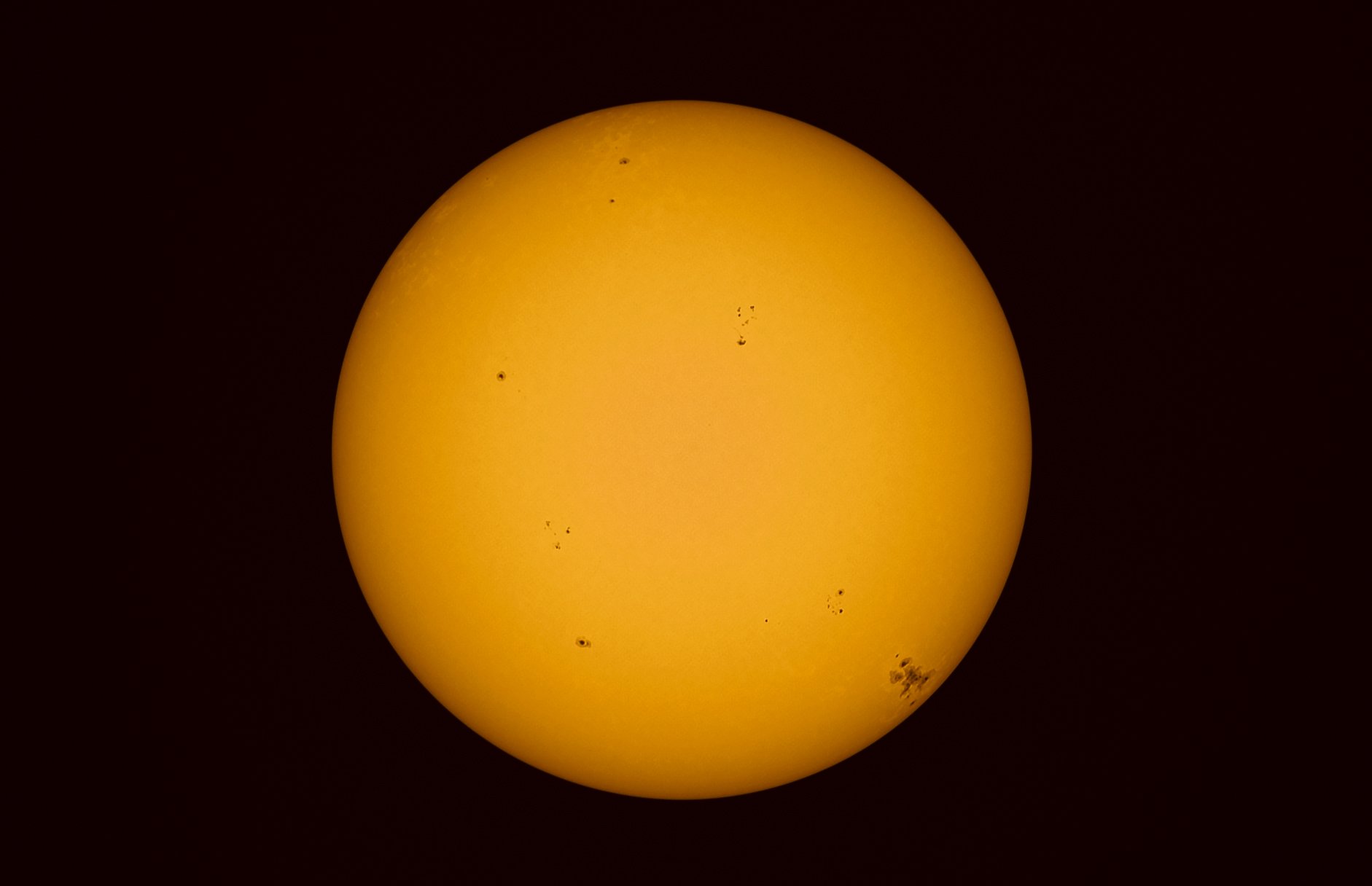The Camera is a Liar
I have often stated that the camera is a liar. Why? Well I must first establish that the real "truth" teller in all of this is the human eye and brain. This can be debated, but for now please just accept this notion. Now that we have established what is truth, it is quite simple to prove that the camera is a liar. Many "purists" insist on no "manipulation" of an image; simply let the camera record the "truth." Nothing could be further from reality. There are many scientific differences between the human eye/brain interpretation of light and the digital sensor. The purpose of this post is not to regurgitate what others have written, so I simply forward you to the fantastic webpage by Roger Clark where he addresses the differences between the human eye and camera sensors/lenses.
I simply wanted to present an image that I recorded in the spring and demonstrate how the camera recorded the image and how my eye interpreted the scene. The image is from Douglas Falls in West Virginia where we had our first "Flowing Water Workshop" in May. The scene is a beautiful flowing stream in late morning. The light is bright sun on the left side of the image and blue sky illuminated shadows in the lower parts of the canyon. As you can see from the 3 images posted below, the camera simply cannot record the entire range of light with one capture.
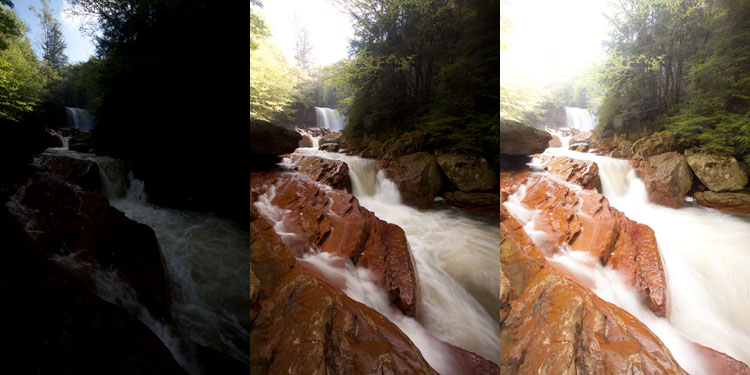
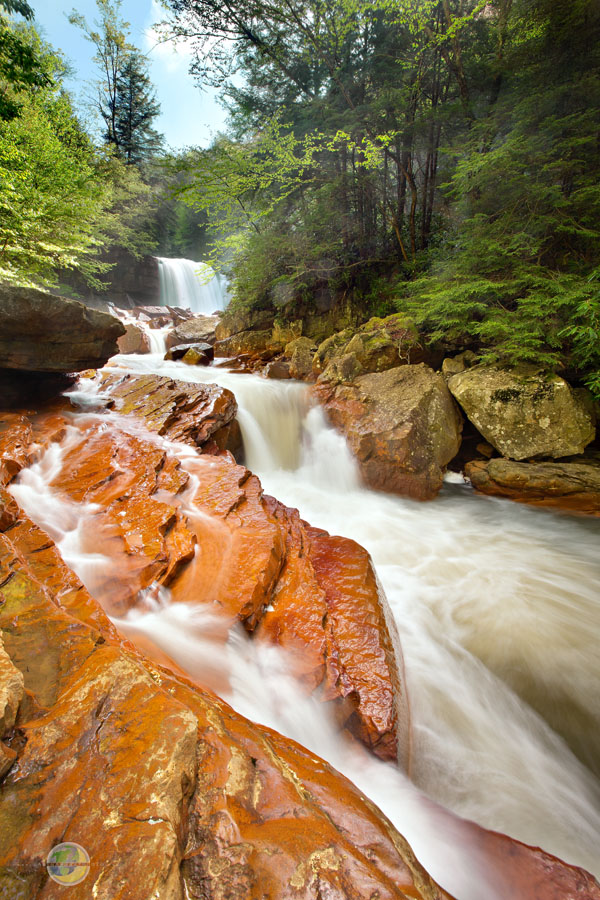 Douglas Falls OptimizedThere are two things that are important for the photographer to understand; how the camera is going to record a particularly beautiful but challenging scene and how to process the data afterwards so that the final image meets the interpretation of the photographer. This is what we focus on in our workshops and post-workshop teaching. The final image of Douglas Falls is posted on the left. This is how I interpreted the scene that day and is much closer to "reality" than any of the 3 images pictured above taken by the camera.
Douglas Falls OptimizedThere are two things that are important for the photographer to understand; how the camera is going to record a particularly beautiful but challenging scene and how to process the data afterwards so that the final image meets the interpretation of the photographer. This is what we focus on in our workshops and post-workshop teaching. The final image of Douglas Falls is posted on the left. This is how I interpreted the scene that day and is much closer to "reality" than any of the 3 images pictured above taken by the camera.
Please click on the image or here for a higher resolution image.
Douglas Falls May 2011
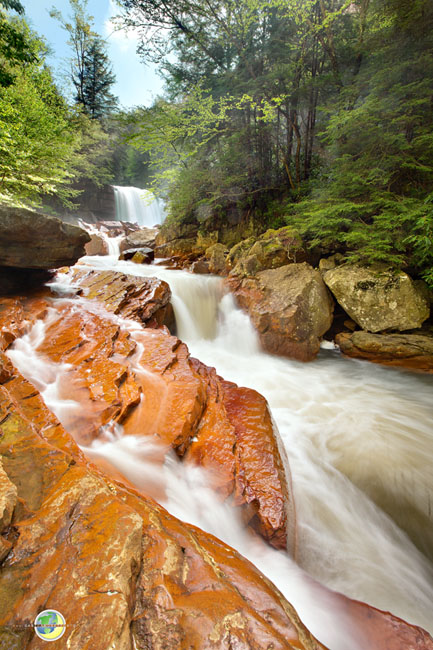 Douglas Falls May 2011Revisiting familiar locations and employing new visualization techniques as well as new optimizing techniques is critical to improving your photography. Douglas Falls is one of my favorite locations in northern West Virginia. This interpretation is an attempt to capture the scene as it looks to the human eye, but the camera sensor is limited in capturing the scene in this manner. The techniques used in this capture and processing are what we teach in our workshops and one on one consulting. If you would like to learn more about this please see our list of workshops or contact me about scheduling your free one on one consulting session. Please click on the image or this link for a higher resolution image.
Douglas Falls May 2011Revisiting familiar locations and employing new visualization techniques as well as new optimizing techniques is critical to improving your photography. Douglas Falls is one of my favorite locations in northern West Virginia. This interpretation is an attempt to capture the scene as it looks to the human eye, but the camera sensor is limited in capturing the scene in this manner. The techniques used in this capture and processing are what we teach in our workshops and one on one consulting. If you would like to learn more about this please see our list of workshops or contact me about scheduling your free one on one consulting session. Please click on the image or this link for a higher resolution image.
Lindy Point Sunset
Our workshop group was treated to many great sites and one was this sunset from Lindy Point. My favorite time for sunsets is actually after sunset to see if we get beautiful light on the clouds. While we do mostly photograph flowing water, we seek out great light and opportunities in other landscapes during the workshop. You can see the full size image along with other images from the workshop at this link.
Student Gallery Now Open
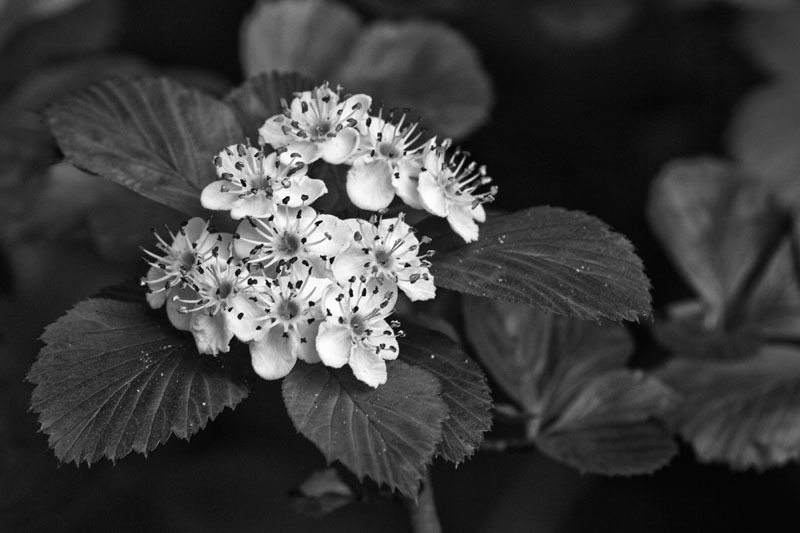 I am very excited to open the new "Student Gallery." Here is where we will present images by students from our workshops. Today we see the images from Bill Carey and Dennis Hanson added to the gallery from the recent Flowing Water workshop. It was a pleasure meeting both of them and working with them in the field. We all learn something from each other while photographing.
I am very excited to open the new "Student Gallery." Here is where we will present images by students from our workshops. Today we see the images from Bill Carey and Dennis Hanson added to the gallery from the recent Flowing Water workshop. It was a pleasure meeting both of them and working with them in the field. We all learn something from each other while photographing.
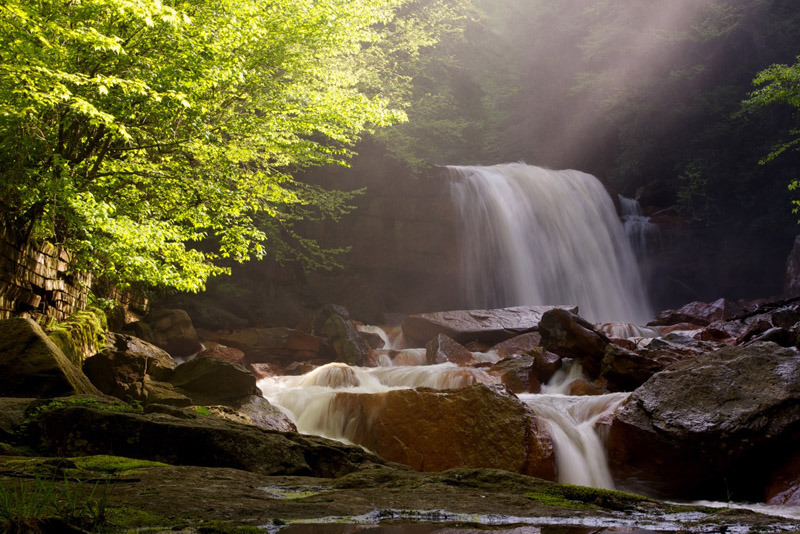
The two galleries are quite interesting in that Bill tended to work with wide and normal lenses while Dennis preferred to work with telephoto lenses. It is a great example of how the similar scenes may be interpreted entirely differently by individual photographers with different gear. Please take a moment to peruse the images and I hope you will join us on a future workshop so that we may add your images to the gallery as well.
Workshop Exercises: Interpreting the Scene
Below are some comments I wrote in a follow-up to our workshop students from Flowing Water held one week ago. We work on many skill enhancement exercises while in the field. This particular exercise reinforces the importance of interpreting the scene as one feels it and sees it vs. how the camera sees the scene. Here are the comments regarding a specific forest scene in which we were photographing.
One particular skill we we worked on involved interpreting the scene. Sometimes we must reconcile what the camera "sees" with what we are "seeing and feeling" at the moment of capture. We discussed the importance of noting when the camera records a scene in a way that is radically different from the one you experienced.  You may recall one particular scene that really exemplified the importance of noting the differences between what the eye sees vs. what the camera records. The scene pictured here is from Cathedral Forest where we had moments of very nice warm morning light. The left image is exactly how the camera interpreted the scene. While you were reviewing the image on your LCD screen you may have wondered "why does this light seem much brighter and less colorful than what I am seeing?" Many times we are photographing in mixed light. Just like in this scene where we have cool open shade light as well as direct horizontal morning light. It is very challenging for the camera to automatically interpret the scene accurately, let alone how we felt in the scene at the moment of capture. That is really what it is about, capturing the scene as we saw and felt it at the moment of capture. There is no doubt that the light was very nice in this scene and we all responded to it by taking photos.
You may recall one particular scene that really exemplified the importance of noting the differences between what the eye sees vs. what the camera records. The scene pictured here is from Cathedral Forest where we had moments of very nice warm morning light. The left image is exactly how the camera interpreted the scene. While you were reviewing the image on your LCD screen you may have wondered "why does this light seem much brighter and less colorful than what I am seeing?" Many times we are photographing in mixed light. Just like in this scene where we have cool open shade light as well as direct horizontal morning light. It is very challenging for the camera to automatically interpret the scene accurately, let alone how we felt in the scene at the moment of capture. That is really what it is about, capturing the scene as we saw and felt it at the moment of capture. There is no doubt that the light was very nice in this scene and we all responded to it by taking photos. 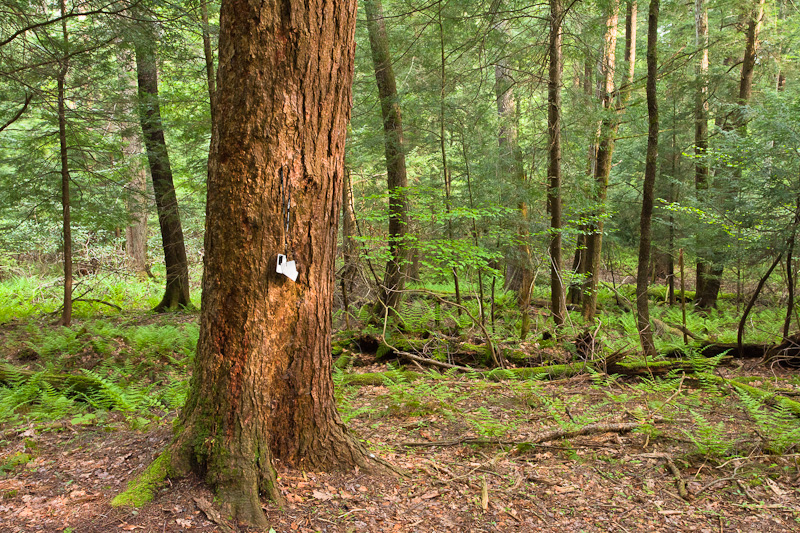 So what can we do? In this case it is a simple technical adjustment that can make all of the difference. The camera recorded the scene with a temperature of 3839 and a tint of 24. As you can see I hung the White Balance card in the scene where the light was touching the tree. Simply using this card as my white balance reference the scene changes completely to the accurate presentation in the image on the right. Now the temperature is 4850 and the tint is 15. The white balance card doesn't always work, but in this case I think it has done a nice job in interpreting the scene of warm morning light with the greens of the forest.
So what can we do? In this case it is a simple technical adjustment that can make all of the difference. The camera recorded the scene with a temperature of 3839 and a tint of 24. As you can see I hung the White Balance card in the scene where the light was touching the tree. Simply using this card as my white balance reference the scene changes completely to the accurate presentation in the image on the right. Now the temperature is 4850 and the tint is 15. The white balance card doesn't always work, but in this case I think it has done a nice job in interpreting the scene of warm morning light with the greens of the forest.
This is just one example of the skill enhancement exercises we worked on during our time together. I encourage you to continue to utilize the skill enhancement exercises in your daily photographic adventures. Again if you need any other help we can work together either via VOIP or phone or you can attend another workshop.
Jeff's Blog
Join me on photography journeys from desert landscapes to deep sky wonders.





